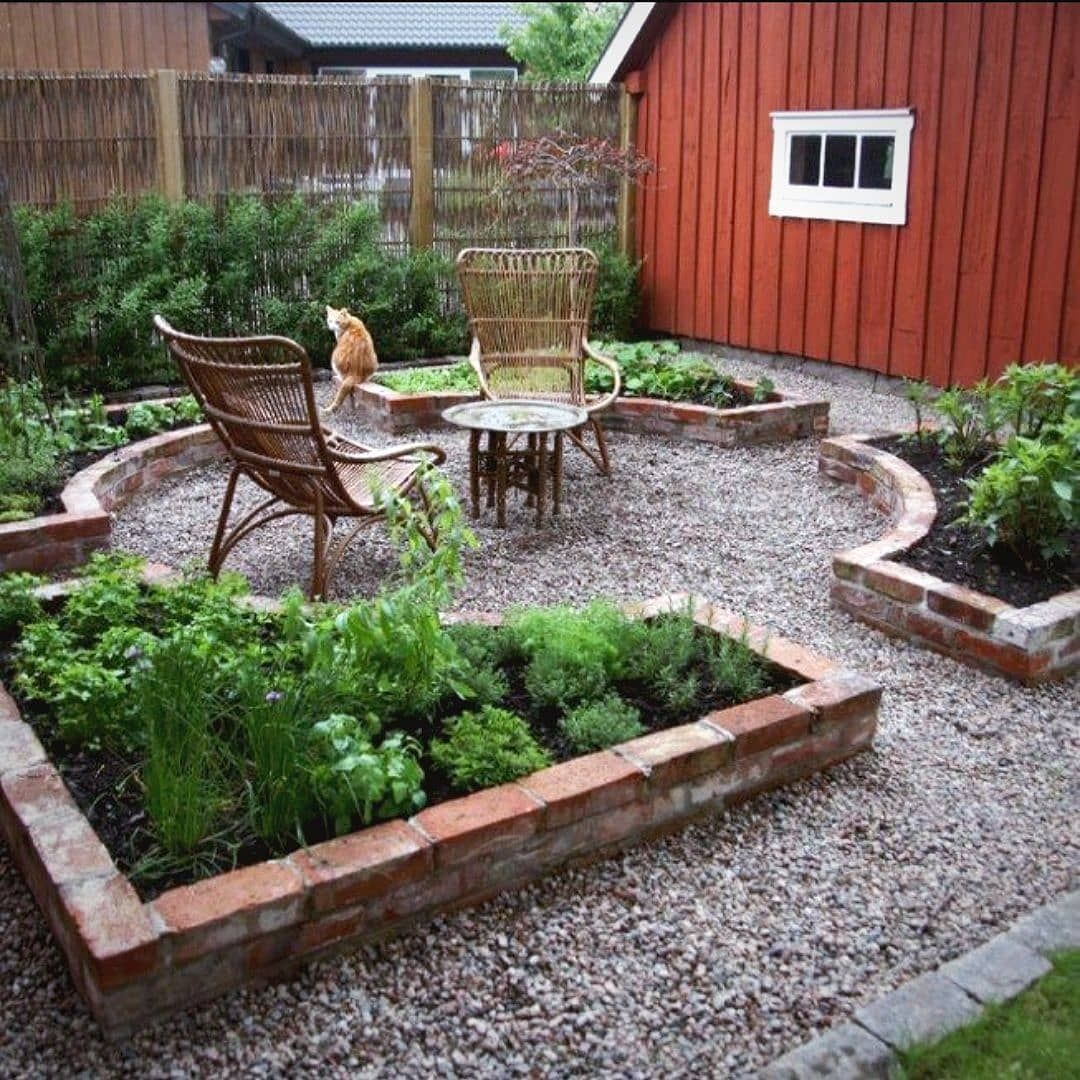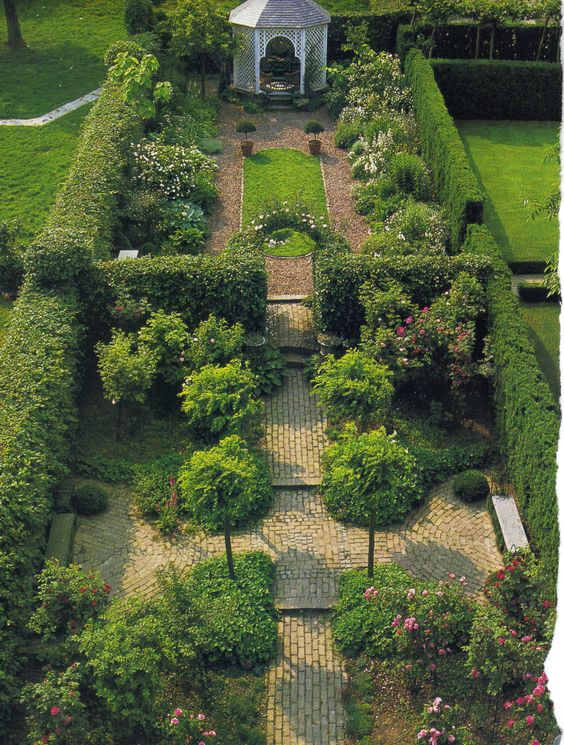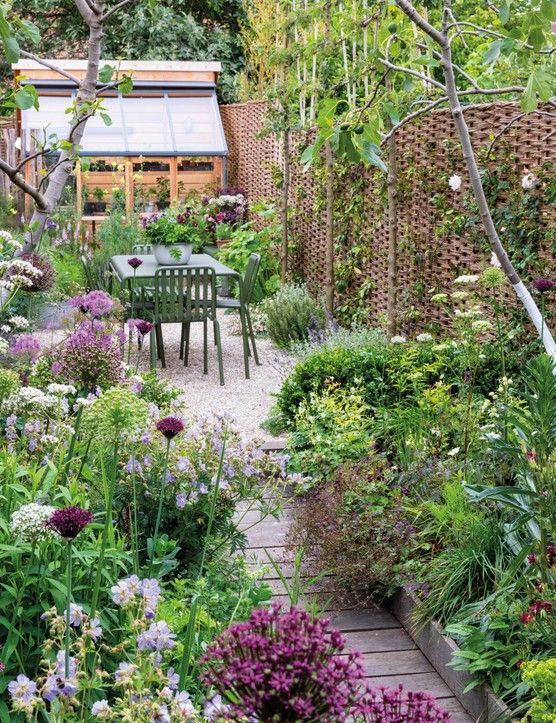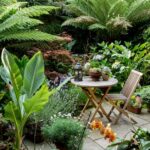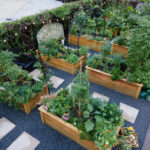Garden design layout is an important aspect of creating a beautiful and functional outdoor space. Planning the layout of your garden involves considering factors such as the size and shape of the space, the type of plants you want to grow, and how you intend to use the garden. By carefully designing the layout of your garden, you can create a space that is both visually appealing and practical for your needs.
One of the first steps in designing a garden layout is to determine the overall shape and size of the space. This will help you decide how to divide the space into different areas, such as a seating area, a vegetable garden, or a flower bed. You can use techniques such as paving or edging to define different areas of the garden and create a sense of order and structure.
When designing a garden layout, it is important to consider the types of plants you want to grow and how much space they will require. Some plants, such as vegetables and herbs, may need a lot of sunlight and space to thrive, while others, like shade-loving perennials, can thrive in more confined areas. By taking into account the needs of different plants, you can create a garden layout that is well-suited to the types of plants you want to grow.
In addition to considering the needs of plants, it is important to think about how you will use the garden. If you plan to use the space for entertaining, you may want to include features such as a seating area, a barbecue, or a fire pit. If you want to create a peaceful retreat, you may want to include features such as a water feature, a meditation garden, or a hammock. By thinking about how you will use the garden, you can design a layout that suits your lifestyle and preferences.
Another important aspect of garden design layout is the use of visual elements such as color, texture, and form. By carefully selecting plants and arranging them in a visually pleasing way, you can create a garden that is not only beautiful but also engaging and interesting to explore. Using a variety of plant shapes, sizes, and colors can help create a sense of balance and harmony in the garden, while incorporating elements such as sculptures, trellises, or raised beds can add interest and depth to the space.
Ultimately, the layout of your garden should reflect your personal style and preferences while also taking into account practical considerations such as the needs of plants and how you will use the space. By carefully planning the layout of your garden and considering factors such as the size and shape of the space, the types of plants you want to grow, and how you will use the garden, you can create a beautiful and functional outdoor space that enhances your home and enriches your life.
